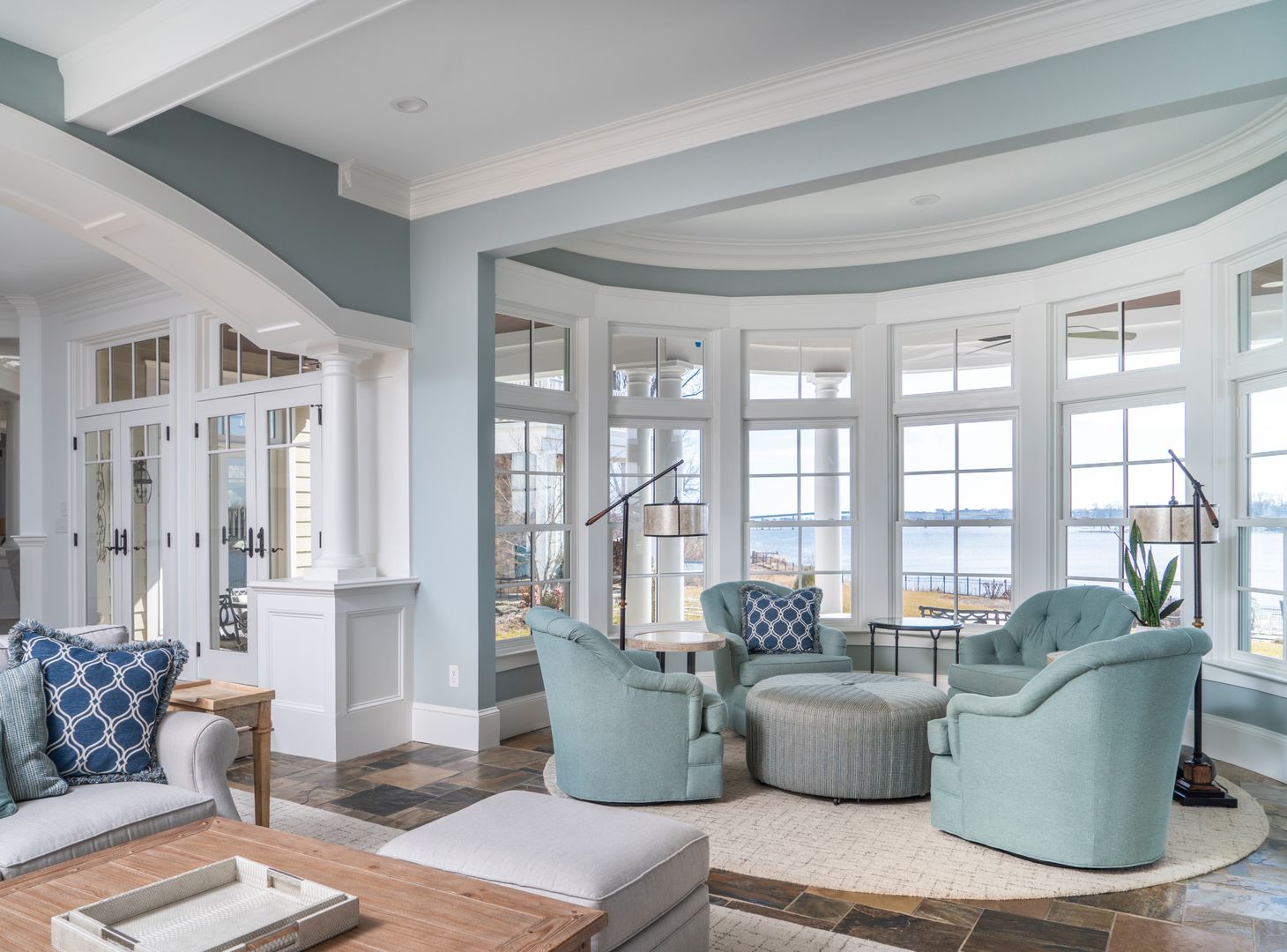
Color is a powerful tool in interior design. It can transform a space, evoke emotions, and reflect personal style. However, with so many colors and shades to choose from, it can be challenging to create a cohesive color scheme throughout your home. In this article, we’ll share some tips on how to create a color flow that ties all the rooms in your home together.
1. Start with a Neutral Base
When creating a cohesive color scheme, it’s essential to start with a neutral base. Neutral colors such as beige, gray, and white work well as a foundation for your design. They provide a calming and relaxing atmosphere and act as a canvas to showcase your personal style.
2. Choose a Color Palette
Once you have your neutral base, it’s time to choose a color palette. Selecting a color palette will help you stay focused and ensure that all the colors you choose work well together. Look for inspiration in magazines, on Pinterest, or in nature. You can choose one dominant color and two or three accent colors to create a cohesive look.
3. Use the 60-30-10 Rule
The 60-30-10 rule is a popular interior design principle that can help you create a balanced color scheme. The rule states that you should use 60% of your dominant color, 30% of your secondary color, and 10% of your accent color. This formula ensures that your color scheme is well-balanced and not overwhelming.
4. Create a Flow
To create a cohesive color flow, you need to ensure that the colors you use in one room are repeated in another. For instance, if you use blue in your living room, you can repeat the color in your bedroom or bathroom in the form of a rug, artwork, or cushions. This technique helps tie all the rooms in your home together and creates a sense of harmony.
5. Consider the Mood
The colors you choose can affect the mood and energy of a room. For instance, blue is known to be calming, while red is energizing. When choosing colors for different rooms in your home, consider the mood you want to create. For instance, you may want to use calming colors like blue and green in your bedroom to create a peaceful atmosphere, while bold colors like red and orange can be used in the dining room to create a vibrant and lively atmosphere.
6. Stick to a Consistent Color Saturation
When creating a cohesive color flow, it’s essential to stick to a consistent color saturation. Color saturation refers to the intensity or purity of a color. If you use muted colors in one room, you should use the same in the other rooms. The same goes for bright and bold colors. Using colors with different saturations can create a disjointed look and ruin your color flow.
7. Play with Textures
Textures can add depth and dimension to your color scheme. Mixing textures in similar hues can create a cohesive and visually appealing design. For instance, pairing a white linen sofa with a textured wool rug in a similar hue can create a beautiful and cohesive look.
8. Don’t Be Afraid to Experiment
While it’s essential to have a plan and stick to it, don’t be afraid to experiment with colors and patterns. Interior design is all about expressing your personality and creating a space that reflects your style. If you have an idea that you think will work, try it out and see how it looks. You may be surprised at the results.
